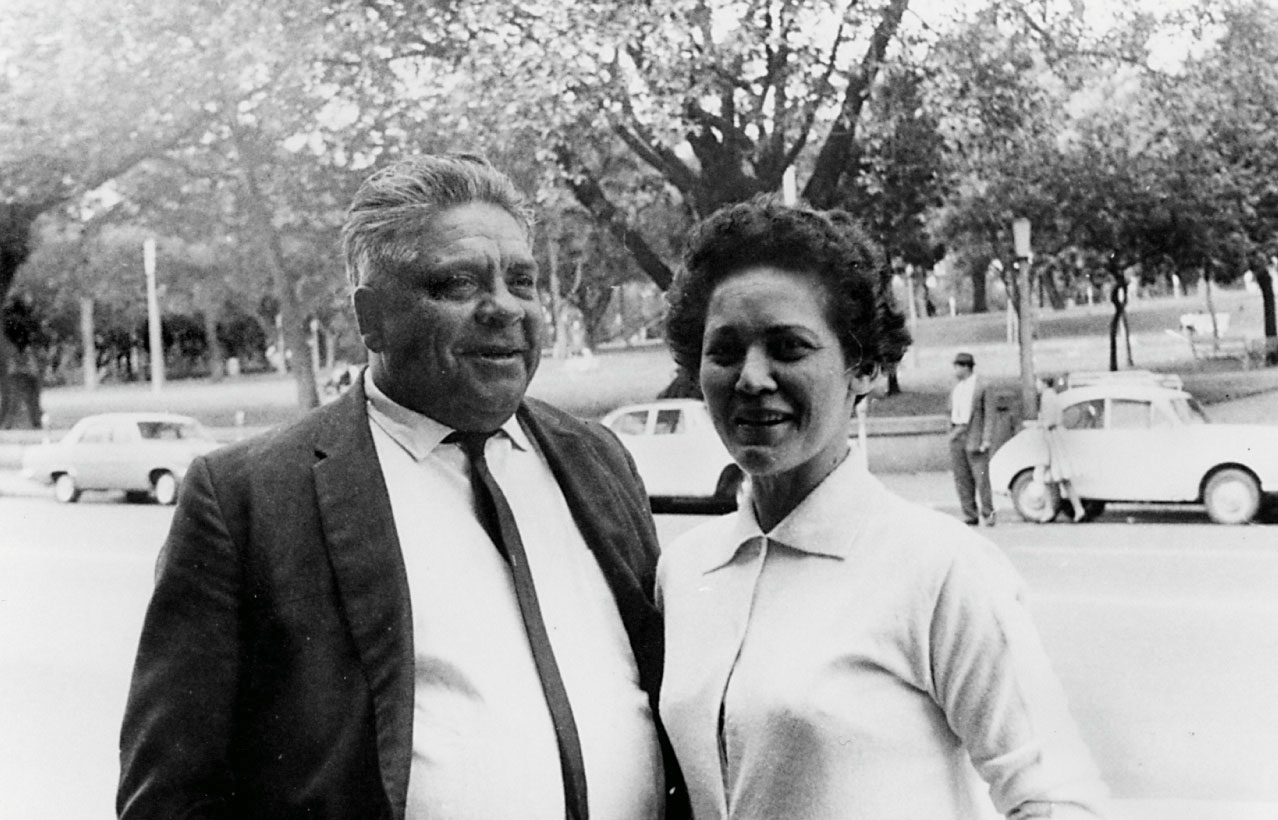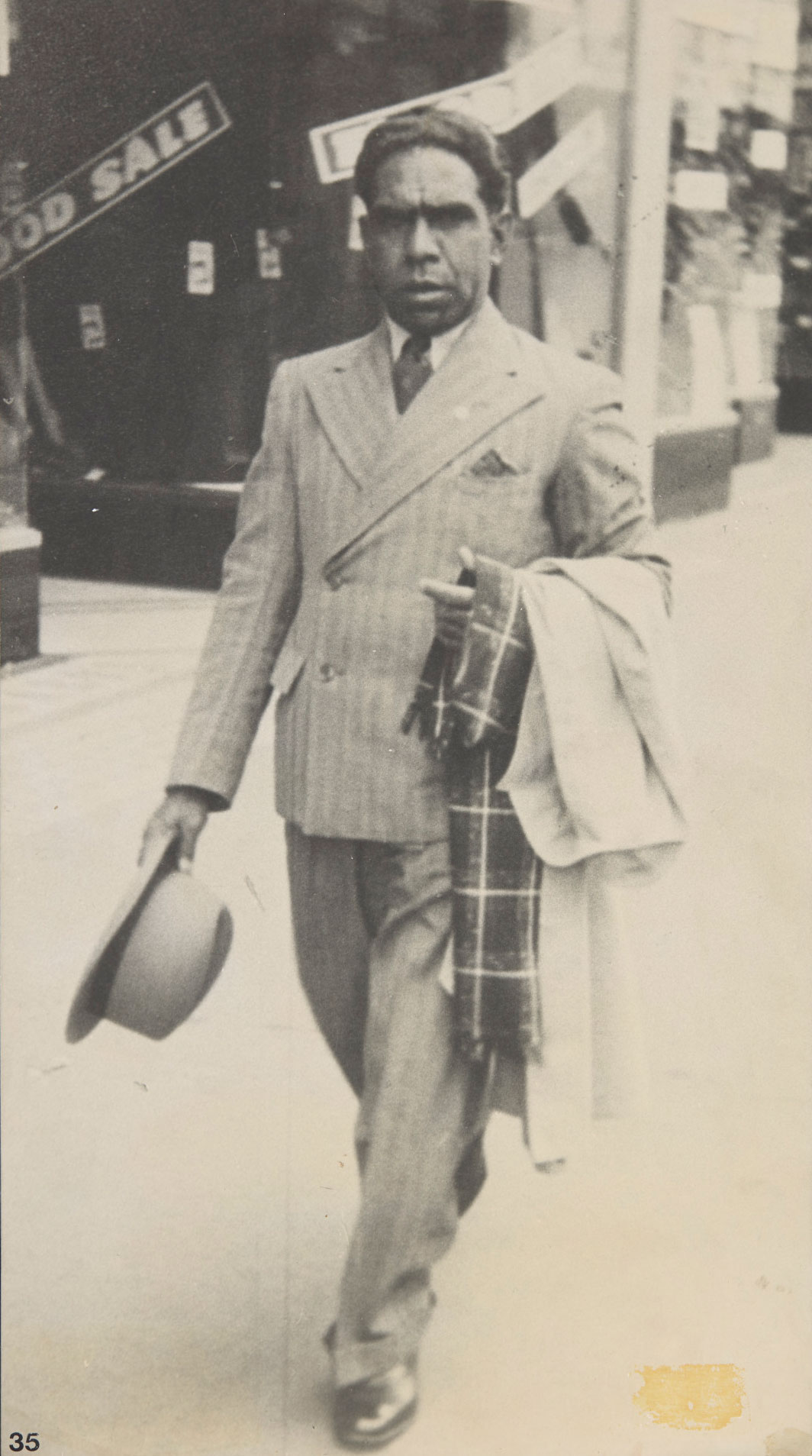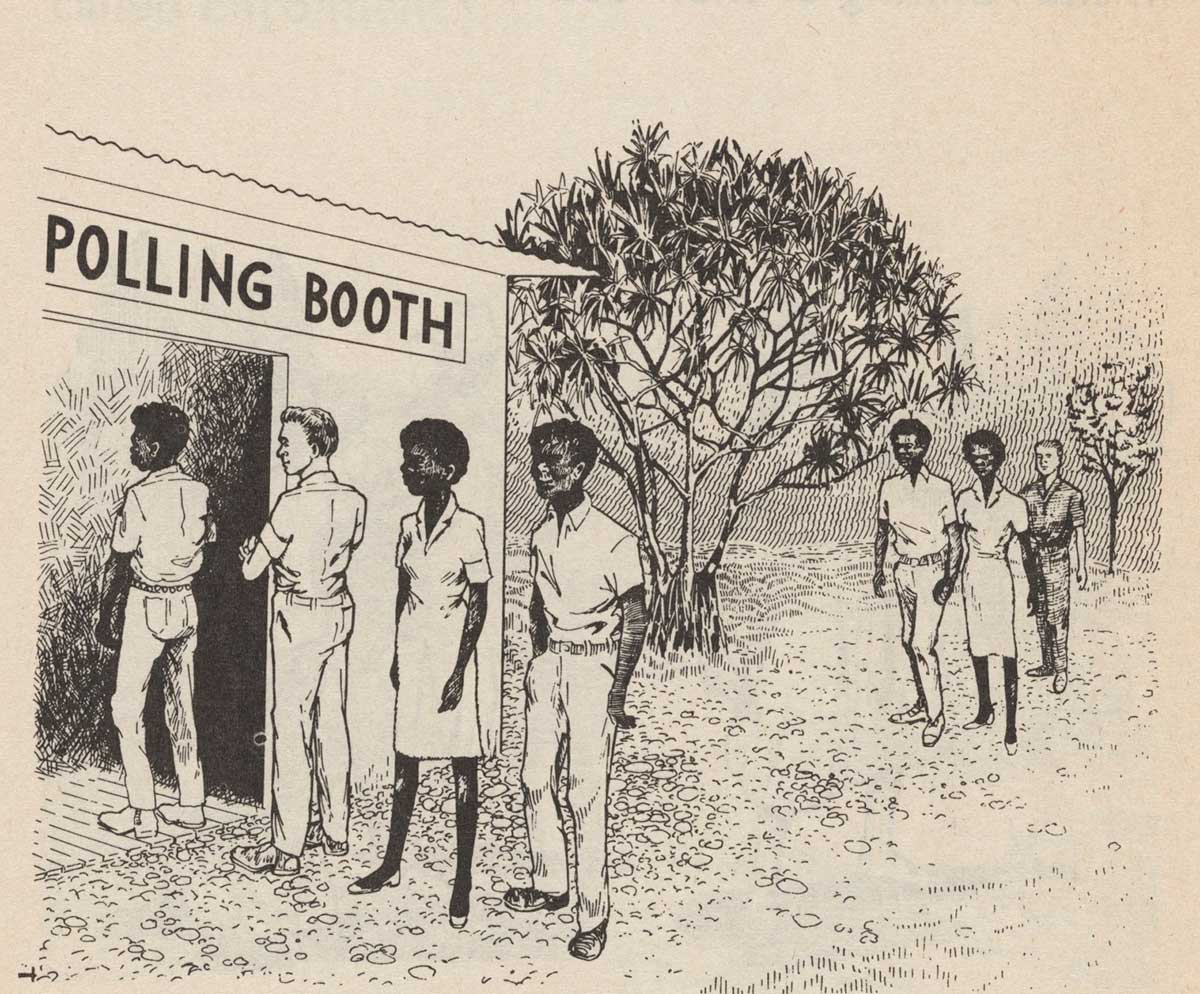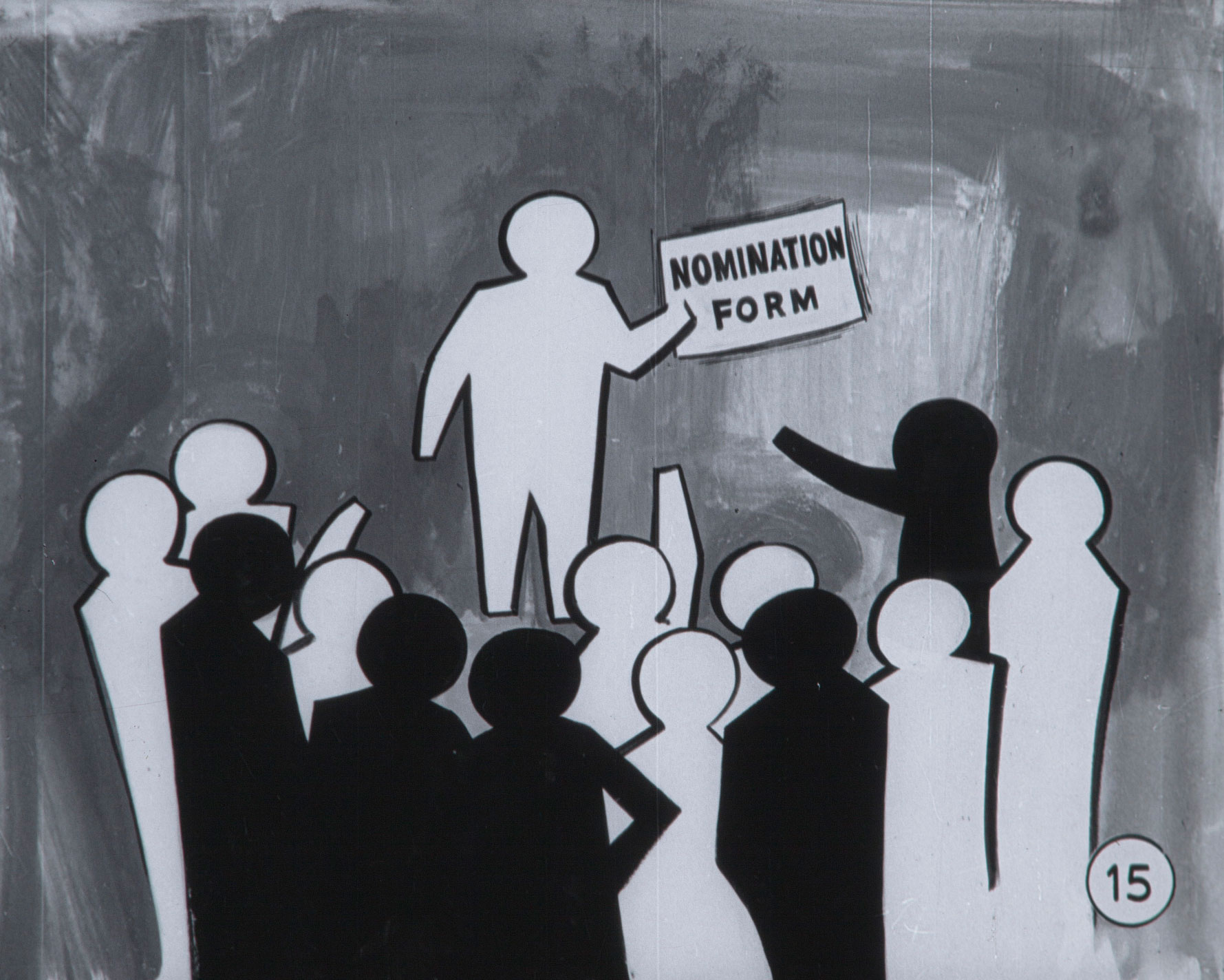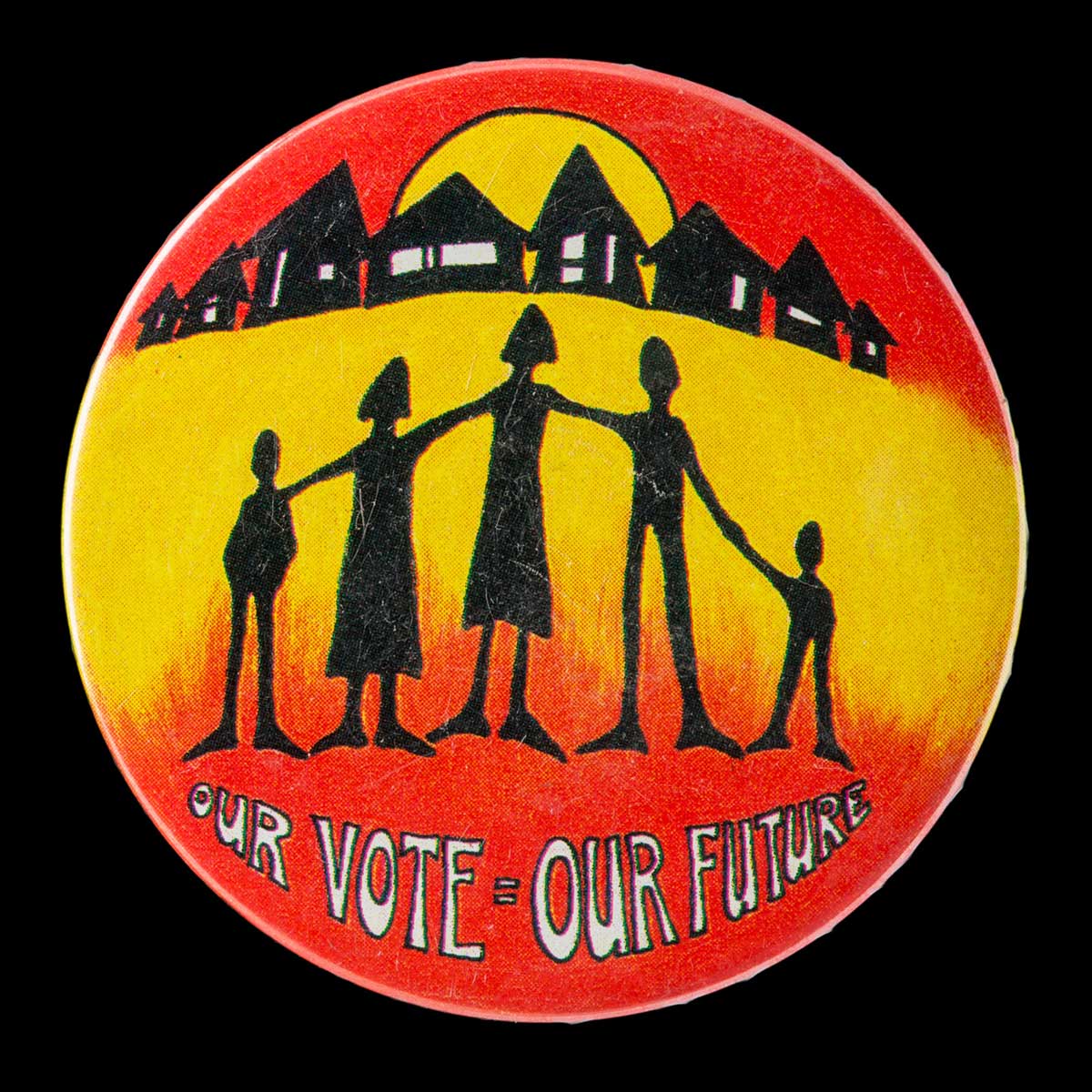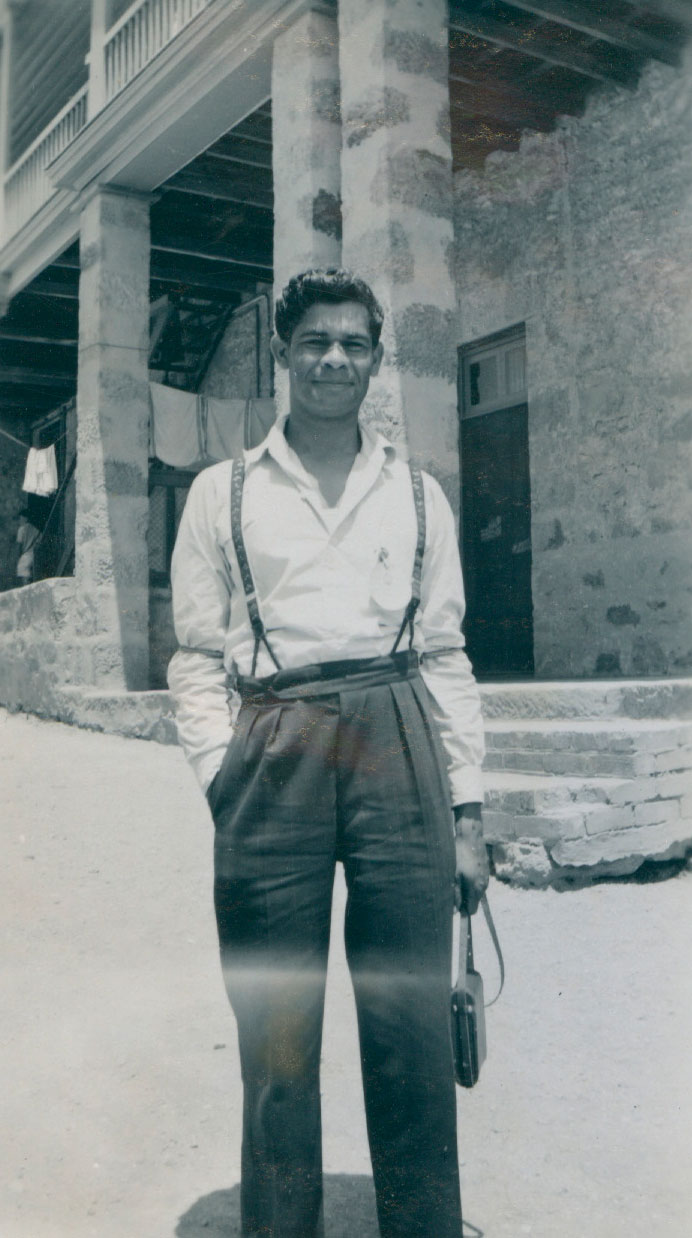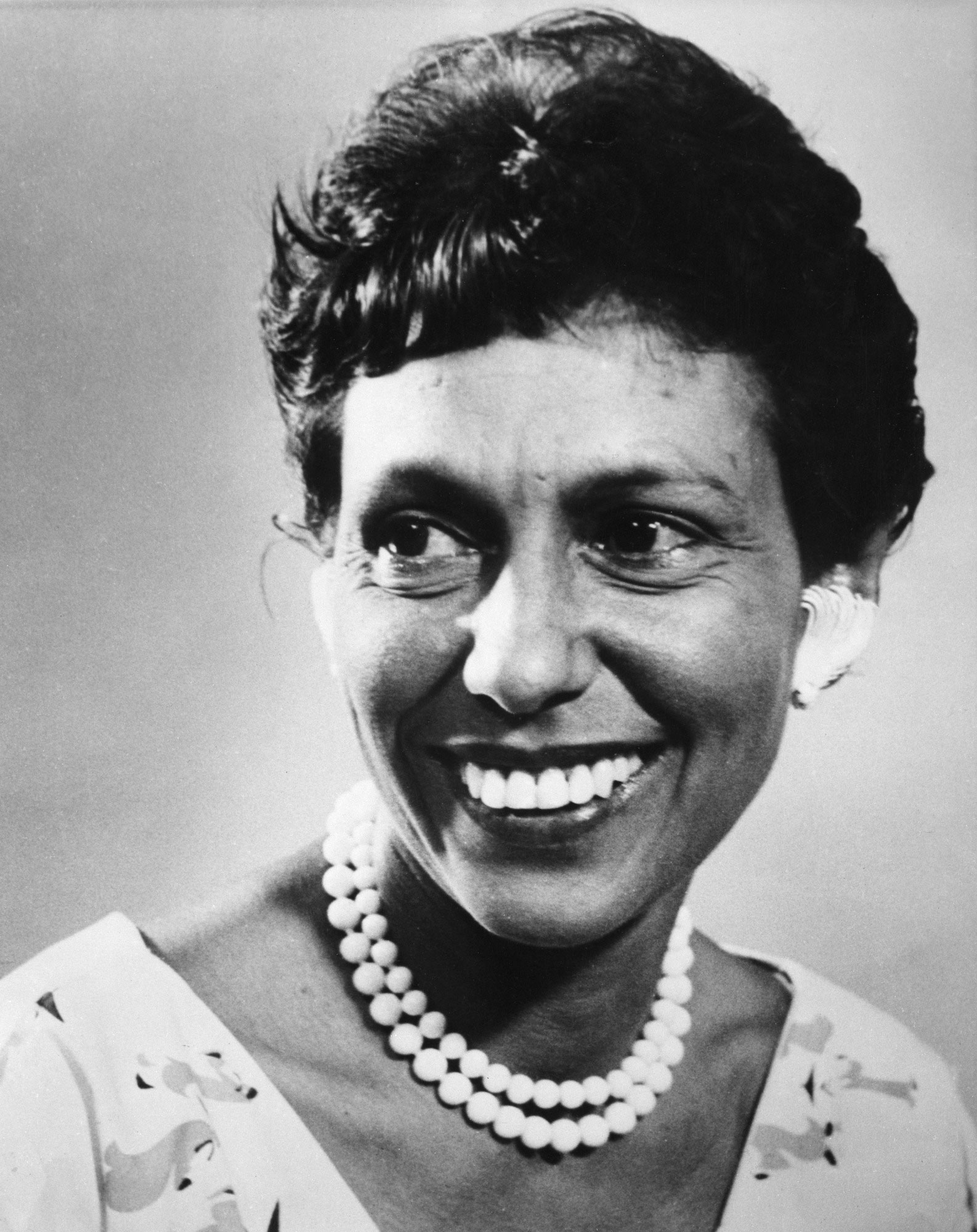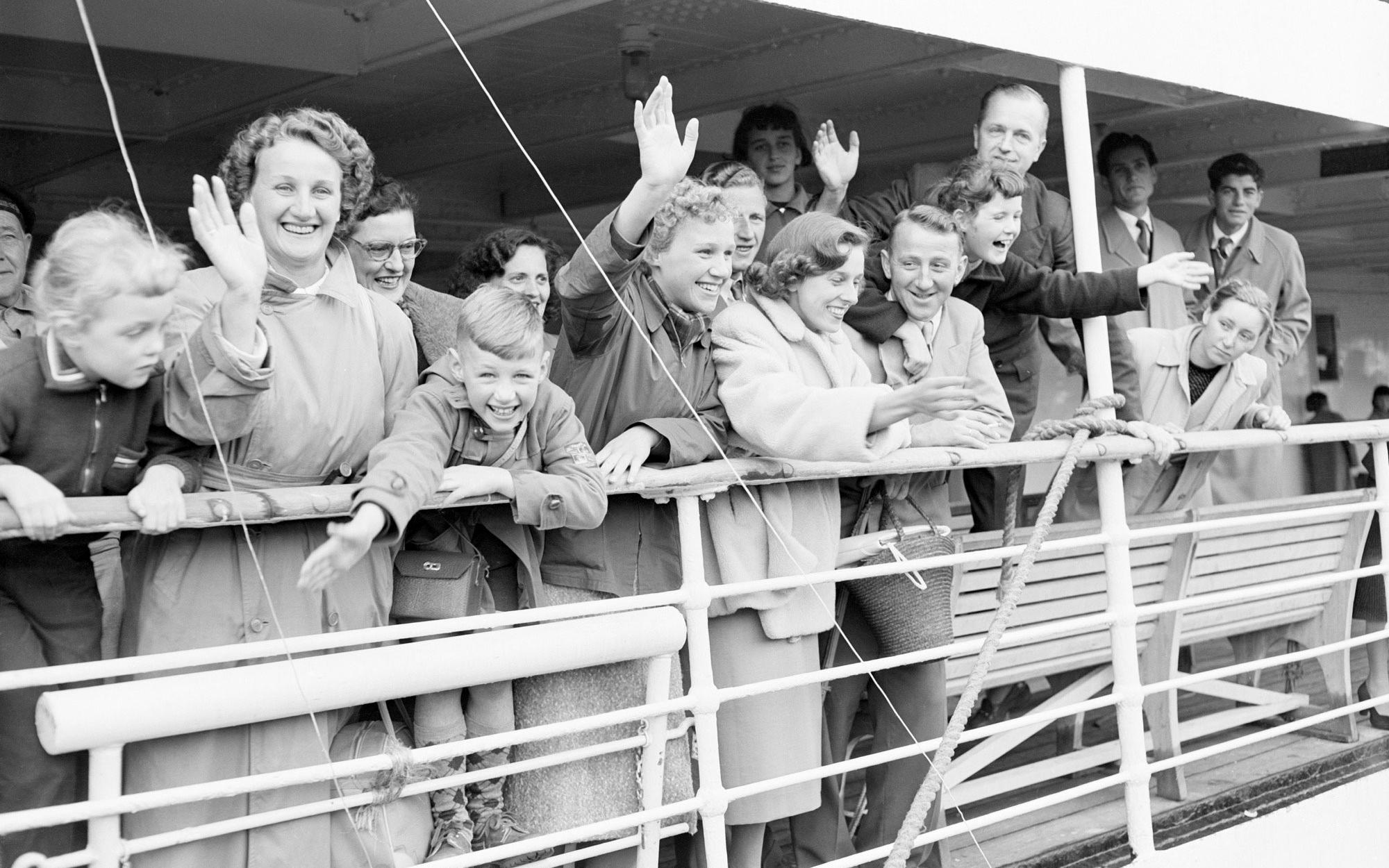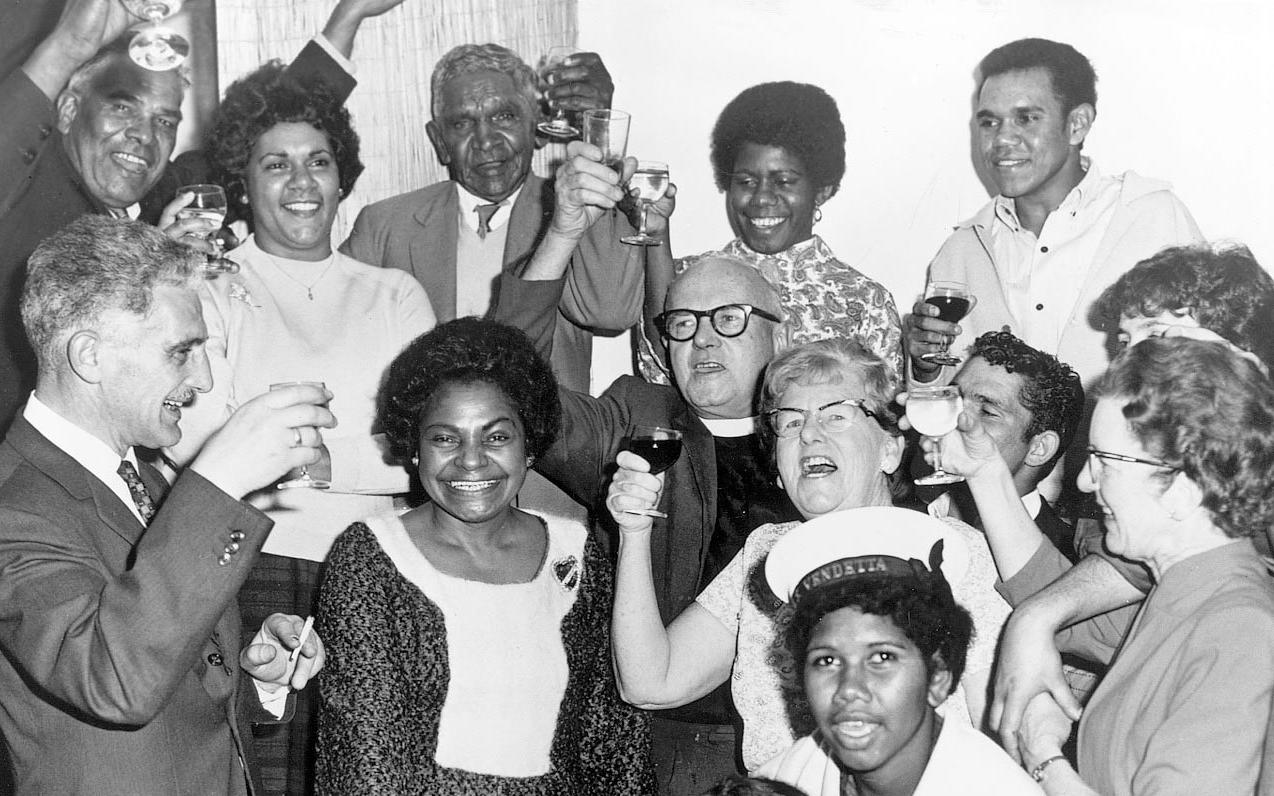‘Our vote = our future’
1962: Indigenous Australians granted the right to vote
‘Our vote = our future’
1962: Indigenous Australians granted the right to vote
In a snapshot
For much of Australia’s political history, tens of thousands of Aboriginal and Torres Strait Islander people couldn’t vote in state or federal elections. In 1962 the Australian Parliament passed a landmark Act to give all First Nations people the option to enrol and vote in federal elections. But it was not until 1984 that they were finally treated like other voters and required to enrol and vote in elections.
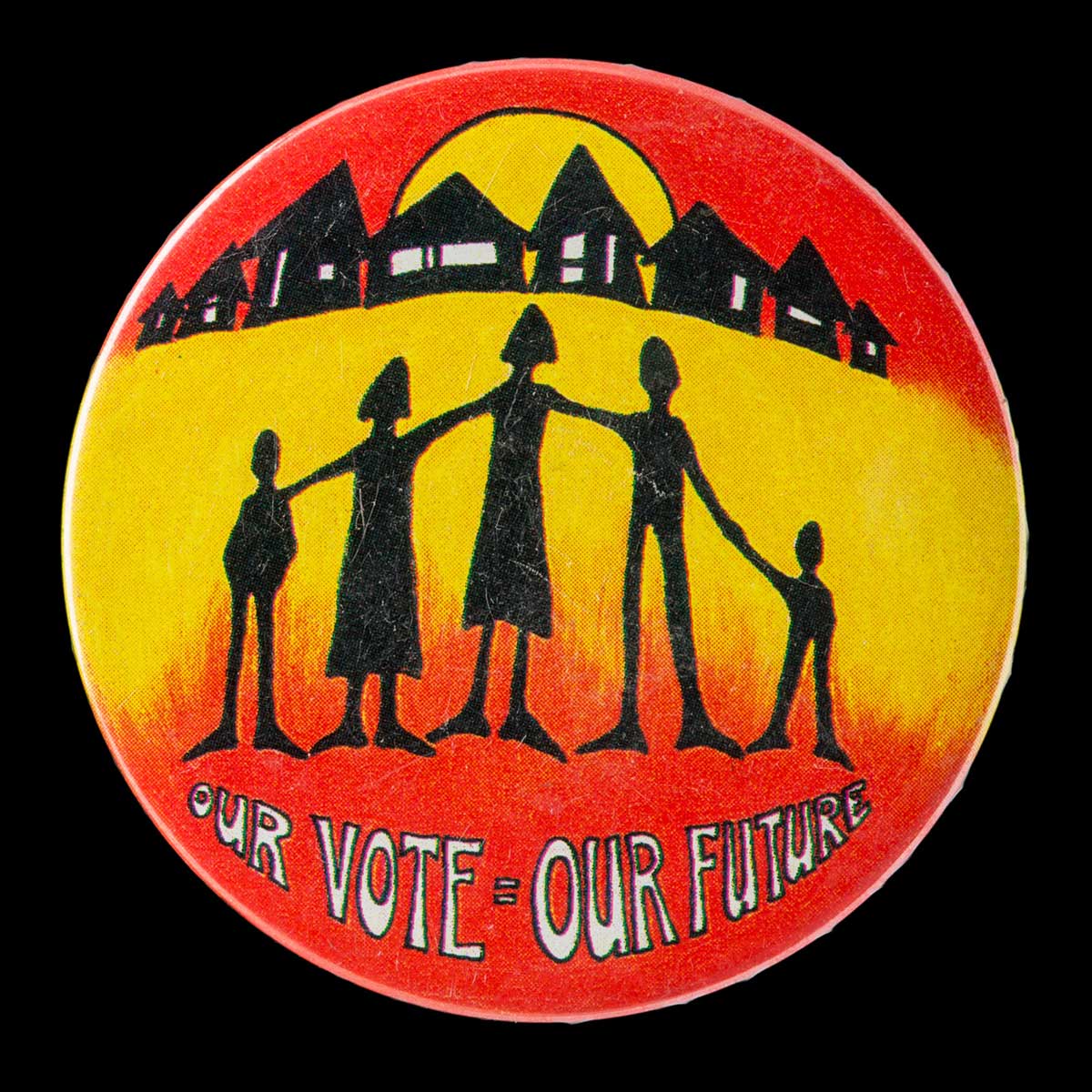
 Can you find out?
Can you find out?
1. Where were First Nations people allowed to vote before 1901, and where weren’t they allowed to vote?
2. When did Queensland give all Aboriginal and Torres Strait Islander people the right to vote?
3. How did the 1983 Act differ from the 1962 law in relation to First Nations people and voting?
What voting rights did First Nations people have before 1962?
Before Federation Aboriginal and Torres Strait Islander people in the Australian colonies had varied voting rights. While First Nations men could vote in Victoria, New South Wales and South Australia, it took until 1896 for Tasmania to give them the franchise. In 1895 South Australia gave equal voting rights to men and women, including First Nations women.
Laws that stopped Aboriginal and Torres Strait Islander people from voting were introduced in Queensland (1885), Western Australia (1893) and the Northern Territory (1922). The Commonwealth Franchise Act 1902 gave all men and women around Australia the right to vote. But it excluded First Nations people unless they already had the right to vote before 1901.
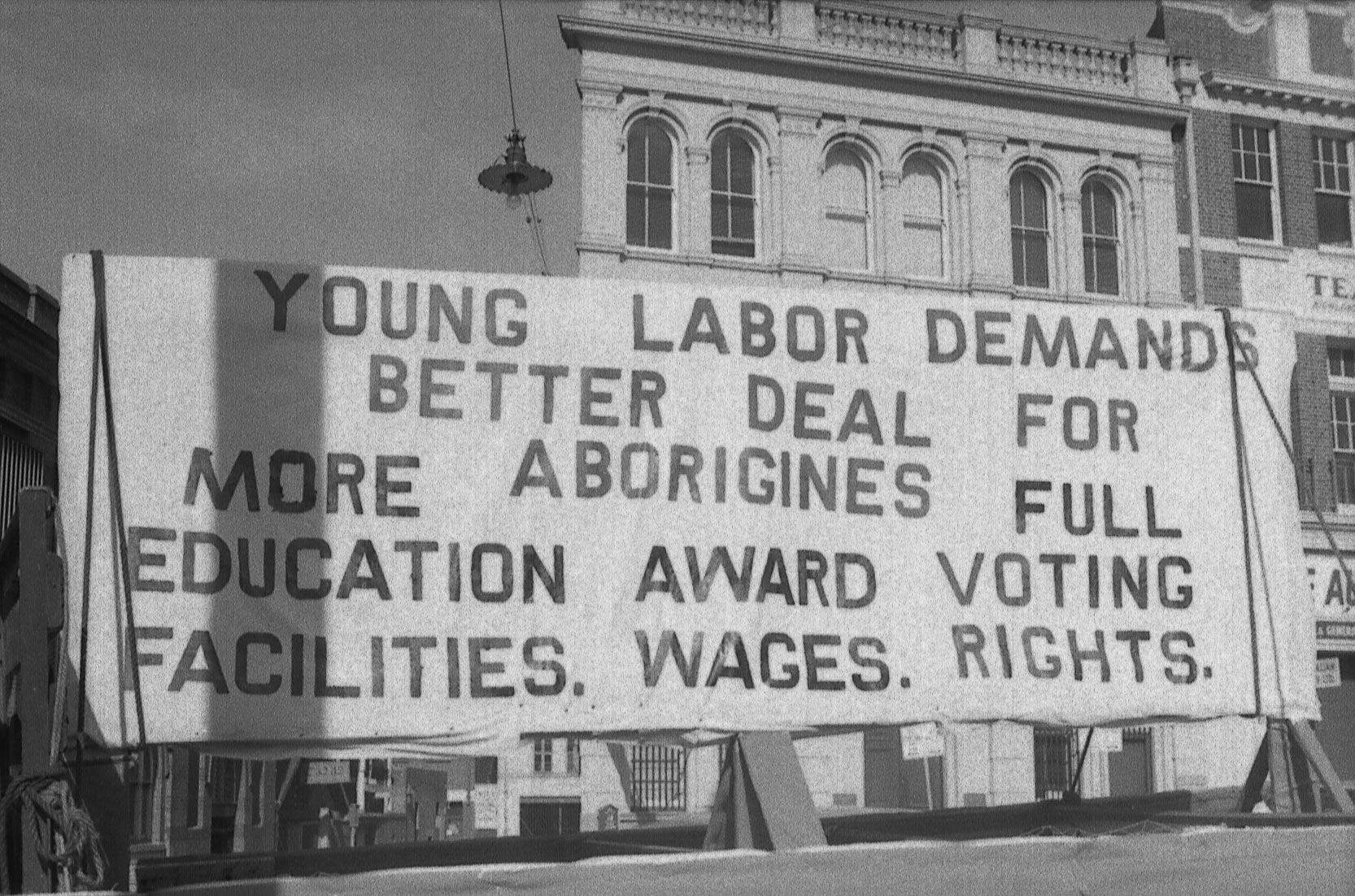
How did the Commonwealth Electoral Act 1962 come about?
In Queensland Aboriginal people had been unable to vote since the late 1800s, and this restriction included Torres Strait Islander people from 1930 onwards. In the Northern Territory, most Aboriginal people were declared ‘wards of the state’, meaning they couldn’t vote. In Western Australia, the Natives (Citizenship Rights) Act 1944 allowed Aboriginal people to vote only if they could speak English, had ‘industrious habits’ (worked hard) and didn’t have certain medical conditions.
Many had to show they were no longer part of their own community, and these regulations were referred to as the ‘dog-collar act’ or ‘dog-act’. This was because these laws were offensive to First Nations people, diminishing their identity and limiting what they could do.
Research task
How important was the passing of the Commonwealth Franchise Act 1962 in the campaign for Aboriginal and Torres Strait Islander rights in Australia?
‘Your Committee, while limited by its terms of reference to the franchise, recognizes that franchise alone is not enough. It hopes that the exercise of the franchise by aboriginal people will lead to policies which meet their needs.’
Report from the Select Committee on Voting Rights of Aborigines, 1961
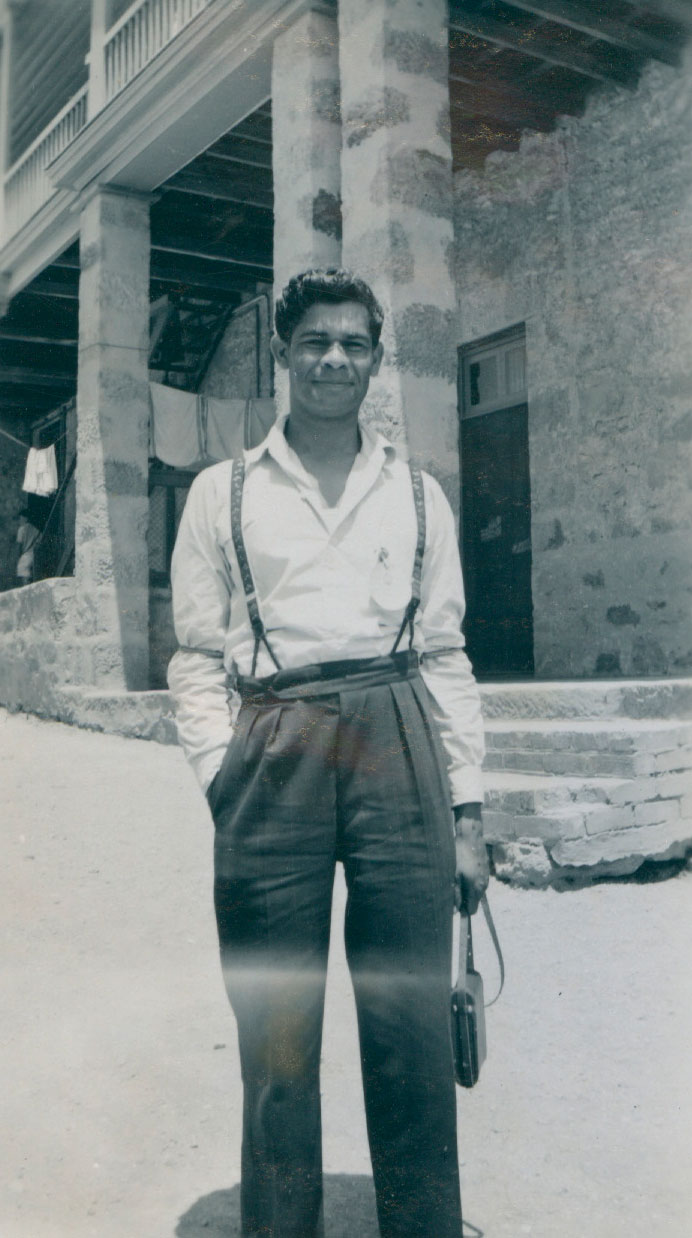
First Nations activists such as Joe McGinness, Oodgeroo Noonuccal (formerly Kath Walker), Dulcie Flower, Doug Nicholls, Pearl Gibbs, Faith Bandler and George Abdullah opposed these laws. They set up groups such as the Federal Council for Aboriginal Advancement (FCAA) to fight for voting rights and other issues.
The campaign of the FCAA and other groups led to the Australian Government setting up a select committee to investigate Aboriginal voting rights in 1961. It interviewed 324 people, and almost half of these were First Nations people. The committee found that 30,000 Aboriginal and Torres Strait Islander people were not allowed to vote in the Northern Territory, Western Australia and Queensland. In response, the government introduced a Bill to ‘give to Aboriginal Natives of Australia the right to Enrol and to Vote as Electors of the Commonwealth’, which resulted in the Commonwealth Electoral Act 1962.
What was the effect of the Act?
The Commonwealth Electoral Act 1962 gave all First Nations people the option to enrol and vote in federal elections, although enrolment was not compulsory. Shortly after this, Western Australia and the Northern Territory gave Aboriginal people the right to vote in state elections. Queensland passed an Act in 1965 which finally gave voting rights to all Aboriginal and Torres Strait Islander people.
It was not until 1984 that Aboriginal and Torres Strait Islander people were politically equal to other Australians under the Commonwealth Electoral Amendment Act 1983. This Act made enrolling to vote at federal elections compulsory for Aboriginal and Torres Strait Islander people.
Read a longer version of this Defining Moment on the National Museum of Australia’s website.
Research task
The Federal Council for Aboriginal Advancement (FCAA) campaigned for issues beyond voting rights. Research one of these issues, and describe how this helped Aboriginal and Torres Strait Islander people achieve one of their main aims.
 What did you learn?
What did you learn?
1. Where were First Nations people allowed to vote before 1901, and where weren’t they allowed to vote?
2. When did Queensland give all Aboriginal and Torres Strait Islander people the right to vote?
3. How did the 1983 Act differ from the 1962 law in relation to First Nations people and voting?







